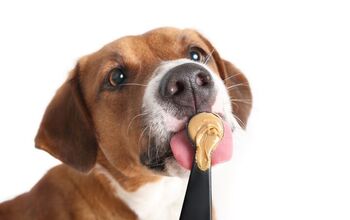556 Views
Barb Horse

by
Lisa Selvaggio
(IC: )
Published: August 6th, 2016

About Barb Horse
Weight
900-1,000 lb
Physique
Medium build, muscular
Lifespan
20-25 years
Best Suited For
All levels of horse owners, trainers, and riders
Temperament
Eager to learn, gentle, docile, and willing
Comparable Breeds
Arabian Horse, Thoroughbred Horse
Height
Barb Horse Breed History
The Barb Horse has a willing personality, so it can be used for a variety of purposes. For example, these animals have been successfully used in both agriculture and the military. They are also ideal horses for general riding, and they can even be used in competitive equine sports.
Barb horses are usually solid colored, and common colors for this breed include brown, black, sorrel, chestnut, gray, and bay.

Lisa Selvaggio
Lisa Selvaggio is a freelance writer and editor, and our resident cats-pert, with certifications in pet nutrition and pet first aid. She enjoys producing content that helps people understand animals better so they can give their pets a safe and happy home.
More by Lisa Selvaggio
Published August 6th, 2016 12:00 AM
























